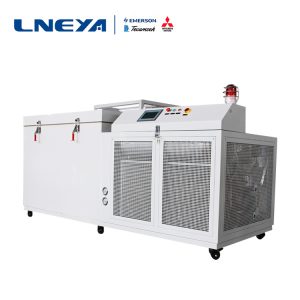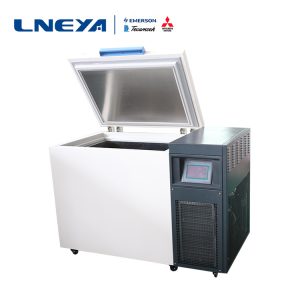Onde será utilizado o reator? E o sistema de controlo da temperatura do reator?
Em geral, os não profissionais devem ser confundidos com o reator.
O reator é composto por corpo do reator, tampa do reator, camisa, agitador, dispositivo de transmissão, dispositivo de vedação do veio, suporte, etc. É geralmente entendido como um recipiente com reacções físicas ou químicas. Através da conceção estrutural e da configuração dos parâmetros do recipiente, podem ser realizadas as funções de aquecimento e mistura, hidrólise, neutralização, destilação, evaporação, cristalização, armazenamento, hidrogenação, alquilação, polimerização, reação a temperatura constante, arrefecimento e mistura a baixa e alta velocidade exigidas pelo processo.
O âmbito de aplicação e o cenário do reator incluem principalmente as oito áreas seguintes: 1. Agricultura alimentar; 2. Teste universitário; 3. Farmácia bioquímica; 4. Indústria de refinação de ouro; 5. Experiências científicas; 6. Bioengenharia; 7. Fábrica industrial; 8. Indústria de novos materiais.
O controlo da temperatura da caldeira de reação divide-se em dois tipos: aumento da temperatura e arrefecimento da temperatura (dependendo se o interior é uma reação exotérmica ou endotérmica). Para o aquecimento é utilizado vapor, sal fundido ou outros meios de aquecimento, enquanto que para o arrefecimento é geralmente utilizada água de arrefecimento ou outros meios. Quer se trate de aquecimento ou arrefecimento, o controlo do fluxo do meio de aquecimento ou arrefecimento é utilizado, abrindo e fechando manualmente a válvula ou utilizando o controlo automático para controlar o aquecimento.
Toda a circulação de líquidos é um sistema totalmente fechado.
1. Bloco de velocidade para aumento e arrefecimento da temperatura, controlo do sistema de reação química
2. O meio de condução de calor não absorve vapor de água a baixa temperatura
3. O meio de condução de calor não será oxidado, descolorido ou acastanhado
Não é gerada qualquer névoa de óleo a alta temperatura.
4. As alterações termodinâmicas do sistema de resposta rápida, quer se trate de uma reação endotérmica ou exotérmica grave, não terão histerese de controlo da temperatura.
5. A heat conduction medium can be used for low temperature and high temperature, and can be used in the temperature range of – 120 ℃ – 350 ℃.
Recomendações relacionadas
-
Sistema de controlo da temperatura da caldeira de reação
1238The reaction kettle temperature control system is an automated equipment used to precisely control the temperature of materials inside the reaction kettle, widely used in fields such as chemical, pharmaceutical, biochemical, and material sci...
Ver detalhes -
Large industrial freezer structural stability instructions
1927Large industrial refrigerators are used in the current industry. In order to maintain a smooth operation, the related structure also needs to maintain a stable state in order to stabilize and operate efficiently. The main structure of Wuxi Guanya ...
Ver detalhes -
Descrição ambiental do condensador de um grande congelador industrial
1714No processamento industrial de frio, os grandes congeladores industriais são um dos equipamentos mais utilizados. Entre eles, o condensador é um dos principais componentes, e seu desempenho é muito importante. Por isso, na hora de escolher, todos precisam entender o que é o condensador...
Ver detalhes -
Como remover a casca do refrigerador de temperatura ultrabaixa e a escala do condensador do tubo?
1749Low-temperature refrigerator ultra-low temperature condenser scale removal In general, we have three methods, namely mechanical descaling, chemical pickling and descaling, and electronic magnetic water separator descaling. Low-temperature refriger...
Ver detalhes
 LNEYA Refrigeradores industriais Fabricante Fornecedor
LNEYA Refrigeradores industriais Fabricante Fornecedor














